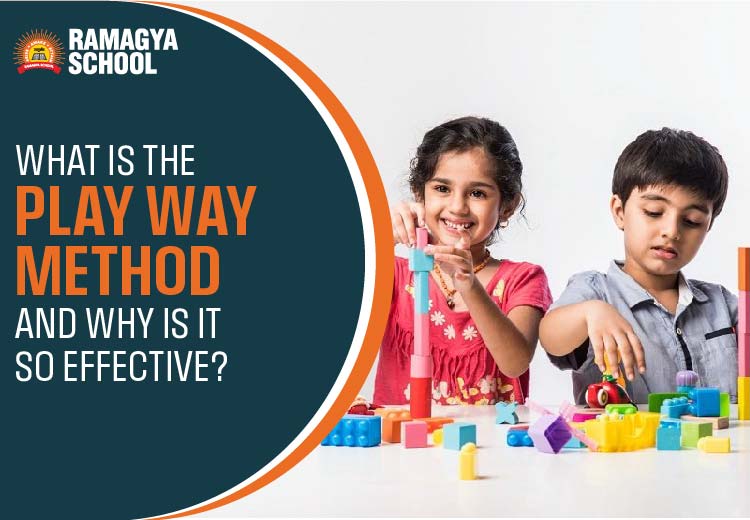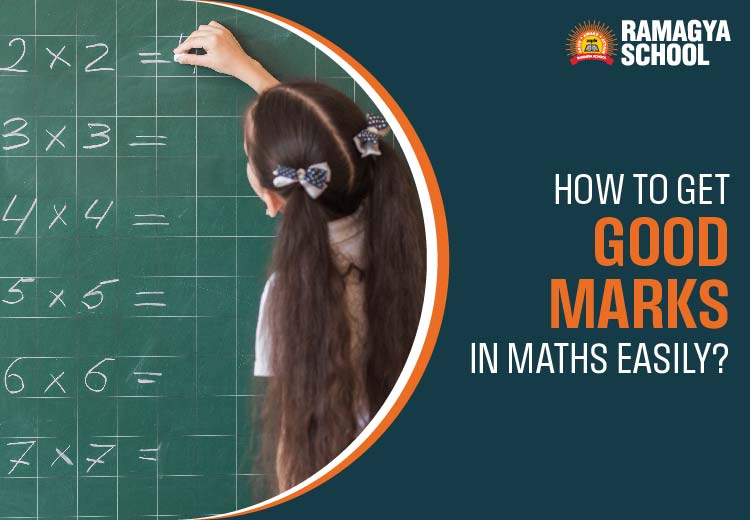This might’ve happened to you when your kids often ask you things like, “Why does the sky change colour?” or “What happens if I mix these two things?” That little curiosity of learning new things is very unique and special. You don’t have to be a scientist or have a fancy typical science lab to let your kids have fun with science.
In fact, some of the most brilliant science experiments take place in your own kitchen or cabinet.
So, instead of just saying “I don’t know,” let’s turn those questions into moments of discovery. Let’s bring some fun, hands-on learning right into your home.
Here are 10 fun and super easy science experiments to do at home. They’re playful, safe, and perfect for curious little minds. And the best part? You can enjoy them together.
- Rainbow in a Glass
What You Need: Water, sugar, food colours, spoons, clear glass
What to Do: Mix different amounts of sugar in separate cups with different food colours. One by one, carefully pour each beverage (beginning with the one with the most sugar) into a tall glass. The liquids stay separated and form a rainbow.
Why It’s Cool: This experiment teaches kids about density plus how different liquids can float on the top of each other.
- Dancing Raisins
What You Need: a glass, some raisins, and a soda (such as Sprite or 7Up).
What to Do: Drop the raisins into the glass of soda and watch what happens.
Why It’s Cool: The bubbles attach to the raisins and lift them up then they fall again when the bubbles pop. This shows how gases work!
- Homemade Volcano
What You Need: Baking soda, vinegar, food colour, dish soap, a small bottle
What to Do: Put baking soda, dish soap, and food colour in the bottle. Pour in vinegar and watch the explosion!
Why It’s Cool: This simple science experiment at home shows chemical reactions in action.
- Magic Milk Colours
What You Need: A plate of milk, dish soap, food colours, cotton buds
What to Do: Drop food colour into milk. Dip a cotton bud in soap and touch the milk and watch the colours swirl!
Why it’s Cool: One of the easiest and most enjoyable science experiments you can do at home is this one. It shows how soap breaks the surface tension of milk.
- Balloon Blow-Up (Without Air)
What You Need: You’ll need a bottle, baking soda, vinegar, and a balloon.
What to Do: Now fill the balloon with baking soda. Fill the bottle with vinegar. Allow the baking soda to fall into the balloon when it is placed over the bottle’s mouth.
Why It’s Cool: The balloon inflates on its own! It’s an additional enjoyable method of exploring chemical reactions.
- Floating Egg
What You Need: Water, salt, an egg, a glass
What to Do: Fill a glass with water and drop in an egg it sinks. Now add salt and stir well. Drop the egg again and it floats!
Why It’s Cool: This teaches kids about density in a fun and visual way.
- Invisible Ink
What You Need: Lemon juice, white paper, cotton buds, and a lamp or light bulb.
What to Do: Write a message on the cotton bud and then dip it in lemon juice. Let it dry. Hold it over a lamp (with adult help!) and the message appears!
Why It’s Cool: This teaches about oxidation and heat reactions mystery and science together!
- Walking Water Experiment
What You Need: 3 cups, water, food coloring, and paper towels are required.
What to Do: Leave the middle cup empty and fill the other two with colored water. In a while, you’ll see water “walk” into the empty cup.
Why It’s Cool: It teaches about capillary action how water can move up or across even against gravity!
- Static Electricity with a Balloon
What You Need: A balloon, your hair or a wool cloth, and small bits of paper
What to Do: Rub the balloon against your hair or clothing, then bring it close to the pieces of paper.
Why It’s Cool: The paper jumps! It’s a great way to explain static electricity.
- Homemade Lava Lamp
What You Need: A bottle, water, oil, food colouring, and a fizzy tablet (like Eno)
What to Do: Fill the bottle with 2/3 oil and 1/3 water. Add colour, then drop in the fizzy tablet.
Why It’s Cool: Bubbles float up and down like a real lava lamp, an easy science experiment to do at home and fun to watch!
Why Science Experiments at Home Matter
Science doesn’t need a lab. Kids can discover their surroundings from the comfort of their own homes with basic materials and a little curiosity. These science experiments at home teach facts while also developing critical thinking, observation, and problem-solving skills. More importantly, such experiments make learning joyful.
These easy science experiments to do at home are also considered to be good for creating a memorable bond between kids and parents.
Ramagya School – Best School in Dadri for Young Scientists
If you’re thinking where your child’s love for science can grow into something bigger, Ramagya School in Dadri is the perfect place. Known as the best school in Dadri, Ramagya doesn’t just teach science through books it encourages hands-on learning, fun experiments, and creative thinking.
At this school, children are taught to explore , ask questions and learn by doing on their own. There are modern labs, science clubs and interactive sessions with which Ramagya gives every child the space to be curious. If your child enjoys science experiments at home, imagine what they’ll discover in school!
Ramagya is the best school in Dadri because of this strategy, especially for students who enjoy learning outside of the classroom.
Final Thoughts
Science is all around us. And when kids learn it through fun, it stays with them forever. So next time it’s a weekend or holiday, try out these easy science experiments to do at home. You’ll be amazed at how much your child learns while having a blast!
And if you’re looking for a school that brings this same fun and learning into everyday education, Ramagya School truly is the best school in Dadri to make that happen.
Because when science becomes fun, learning becomes endless.
Also Read:- What is the Play Way Method and Why is it So Effective?




